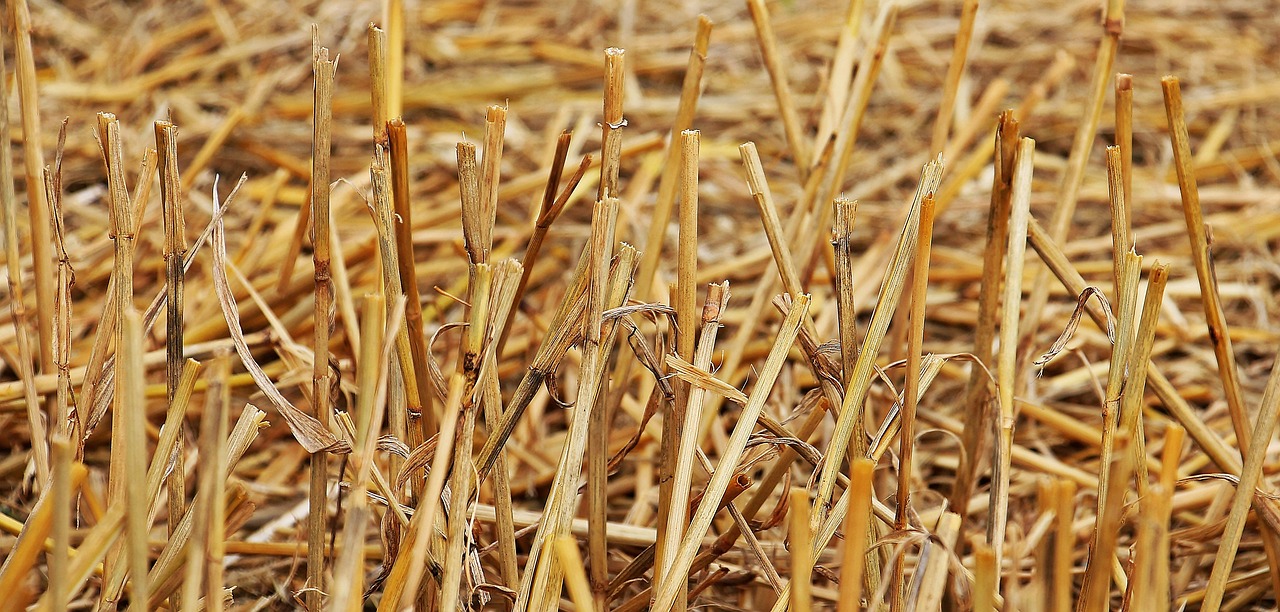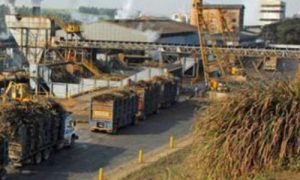Short wheat sowing window fuels stubble burning spike despite 70% decline: Punjab Agri Dept to NGT

Punjab’s stubble burning incidents declined by 70% from 2023 to 2024 due to crop residue management efforts, but short wheat sowing windows triggered a spike in cases. Farmers struggle to manage 19.52 million tonnes of paddy straw within 15-20 days between harvesting and sowing, despite government subsidies for 1,46,540 residue management machines. Over 6.2 million tonnes of straw were managed through ex-situ methods in 2024. The Agriculture Department plans to conduct a gap analysis to improve machinery availability for 2025.
A day after the Punjab Agriculture Department informed the National Green Tribunal through a report that Punjab’s stubble burning incidents had decreased by 70 per cent, 34 farm fires were reported across the state.
However, the department admitted that a spike in farm fires took place due to the shorter window period of 15 to 20 days between the harvesting and sowing of wheat crop.
A report dated November 26 that was filed by the Director of Agriculture and Farmers’ Welfare Department stated, “As a result of the efforts made by the state of Punjab, the number of paddy stubble burning incidents reduced from 36,551 on November 25, 2023, to 10,479 on November 25, 2024 — a decrease of 70 per cent.”
The number of various crop residue machines (CRM) provided on subsidy under the scheme from 2018-19 till date is 1,46,540. Out of these, 61,951 were super-seeders.
It was submitted that as per the field capacity of the machine, the number is sufficient to cover the area under paddy, but for sowing wheat time is of critical importance and the demand from almost all the area to be sown under wheat is concentrated in this limited window of 15-20 days.
Because of this, machines may not be available to the farmers at their desired time. It is further submitted that the machines have a limited useful life and due to wear and tear some of the machines available with the farmers are discarded every year.
The report said about 19.52 million tonnes of paddy straw was expected to be managed in the year through various means, including in-situ (managing paddy straw on the field) and ex-situ (transporting the straw for various uses) methods and using the residue for animal fodder.
According to the report, more than 6.2 million tonnes of paddy straw was managed through ex-situ methods in 2024.
“The department will carry out a gap analysis after the season is over to figure out the requirement of in-situ and ex-situ machinery for the year 2025. The annual action plan for 2025 will be prepared based on this gap analysis and the requisite funds will be requested,” read the report.
“In ex-situ management, primarily balers are used for collection of straw before transportation for industrial and other uses. As per the demand from farmers, till date 2,183 different types of balers and 2,039 rakes have been made available on subsidy under the crop residue management (CRM) scheme,” the report said.
While 10 incidents of farm fires were witnessed in Fazilka, eight were reported in Muktsar, taking the count to 10,855.
To read more about Wheat News continue reading Agriinsite.com
Source Link : The Tribune

















